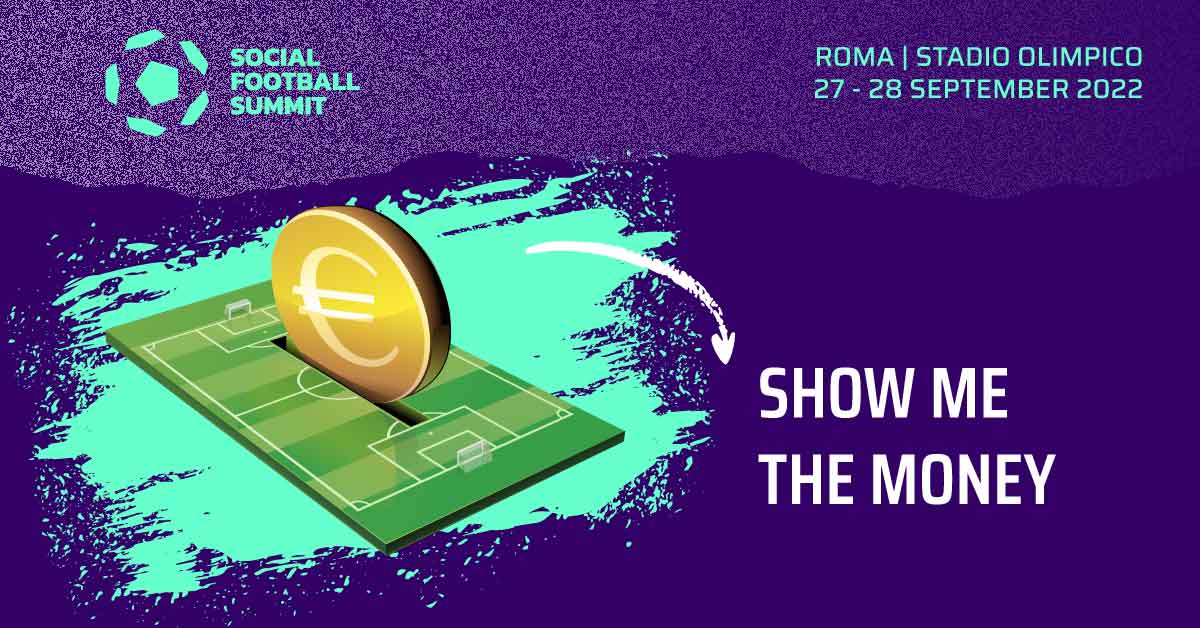SHOW ME THE MONEY

Imagine you have to decide on your investment strategy and whether and how to invest your savings. For a wise choice, you should choose to invest across different industries.
I imagine that a proper decision-making strategy of yours would start with the collection of data, the so-called “fundamentals”, and their analysis.
In the list of industries you have to choose from, there is an industry that features the following main elements:
- Heavy impact of the pandemic on business dynamics;
- Total costs increased by 10% compared to the previous year;
- Revenues reduced by 3.3% compared to the previous year;
- Net loss exceeding EUR 1 billion (more than trebled, compared to pre-COVID situation);
- Indebtedness compared to the previous season increased by 3.5% for a total value at an all-time high;
- Consistently negative historical debt trends;
- Labour costs increased by around 8%;
- Number of industry players decreasing by 21% between 2018-2019 and 2020-2021;
- Hiring decreased by 29% over the same period;
- Progressively worsening liquidity index.
Let me ask you again: would you invest in this industry?
These are the key figures of the Football Industry in Italy as summarised in the 12th Football Report commissioned by the FIGC to the company PwC, and you can find it in the TV version at the following link.
These numbers and the detailed analysis fail to fully explain why this industry still enjoys internal investments, thanks to the recapitalisation actions of the individuals currently operating in the football industry, external investments, thanks to the increasing takeovers by foreign funds, the growing attention of large technological operators (OTT) investing to distribute the product.
Why do we continue to invest in football and the Italian Football Industry? Perhaps because we need to start considering it entirely as an industry (an industrial sector) with management logic and industrial management tools.
If we employ these metrics and approaches, the business model of the Football Industry keeps attracting the interest of realities and operators outside of it. Especially, knowing and being aware that we can identify areas of development and diversification of the business model that had not been sufficiently explored so far.
A first proof of these opportunities can be obtained by comparing them with international competitors and their strategies, which might suggest a policy of “copying” best practices already tested.
It is true that the last two sports seasons have been heavily impacted by the pandemic, but this has not only affected Italy. However, ‘rebound’ dynamics that are already occurring in other markets are not foreseeable for the Italian market.
Cost inflexibility, inadequate infrastructure, single revenue strategy and many other factors, which we will discuss later, resulted in losses of around EUR 4.1 billion over 12 years.
Initiatives under the banner of management transparency and definitions of single benchmarks are welcome, but deeper down the pathology is about the ability to interpret the business model in a strategic and segmented manner based on the potential and assets available to each Company/Team.
This is the only way to build the proper basis for capitalising on the renewed flow of capital with economic, patrimonial and financial results.
This proves that the Football Industry in Italy has unexplored and unexpressed reserves of value and business opportunities, just as in other industries that have faced the innovation of market dynamics (technology, products, governance, and customer preferences) that have undertaken significant actions on competitive positioning, on the introduction of technologies, on the value chain, on commercial strategies, on the expansion of the product range and service portfolio, and above all on infrastructures if the goal is to have an economically sustainable industry, with a social impact and with a focus on territories.
All this requires an action plan that does not leave out any of the institutional and industry stakeholders. A synergetic contribution is needed from the government, the FIGC, the leagues and, obviously, the clubs.
Renewed policies of economic and financial sustainability in line with the measures taken by the European bodies are welcome, but the key points focus on infrastructural development, investments to regain the attention of the younger generations both on the field and in the audience, the application of technologies for cost and process optimisation and to innovate the commercial offer of our football in Italy and abroad, a market that is now more essential than ever.
In my speeches about the Football Industry, I have often used the formula #footballisnotonlyasport to identify its Economic, Social and Political value. This is an industry that feeds and thrives on synergies with at least 12 other industrial sectors with an important impact on the treasury, education and the country system. This makes the sentence “It’s just 22 people running after a ball” all the more inappropriate and out of context.
To overcome this short-sighted and inadequate vision of reality, the Social Football Summit exists, which since 2018 has been addressing and stimulating debates on the Football Industry by analysing the dynamics of business model innovation and international comparison.
We are ready for the 5th edition of the most significant Italian BtoB event on the Football Industry, which will take place in Rome on the 27th and 28th of September 2022.
We have provided a tried and ready team that counts on the masterful direction of Gianfilippo Valentini and Massimo Tucci together with all the people of Social Media Soccer and the touch of innovation and unconventional thinking of BIP. A partnership that, unlike many situations on the pitch and on the sidelines, endures and grows over time.


